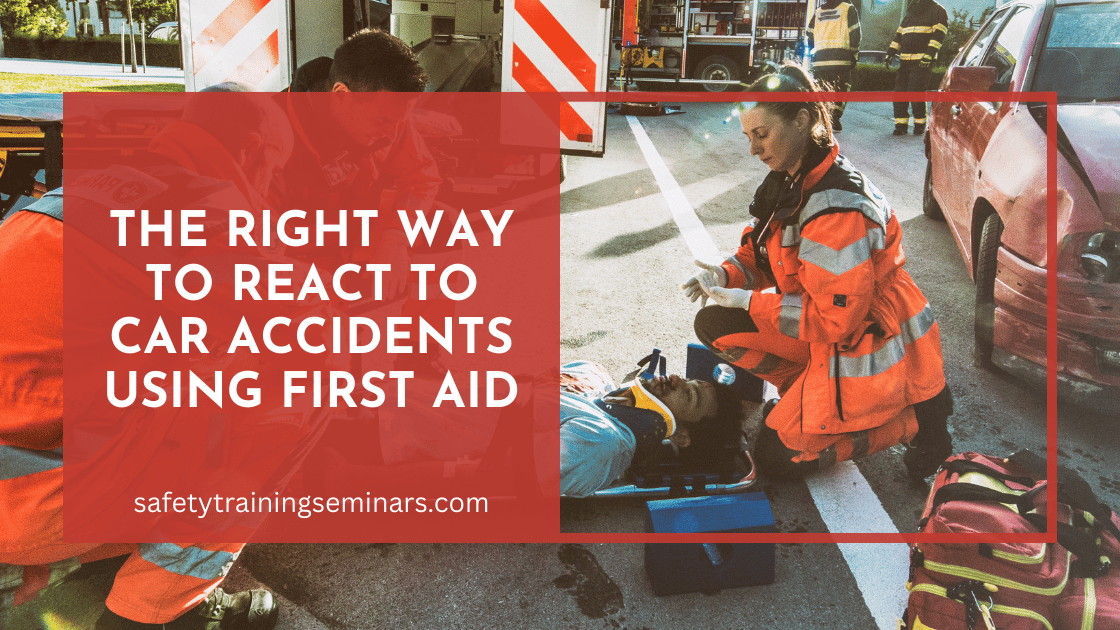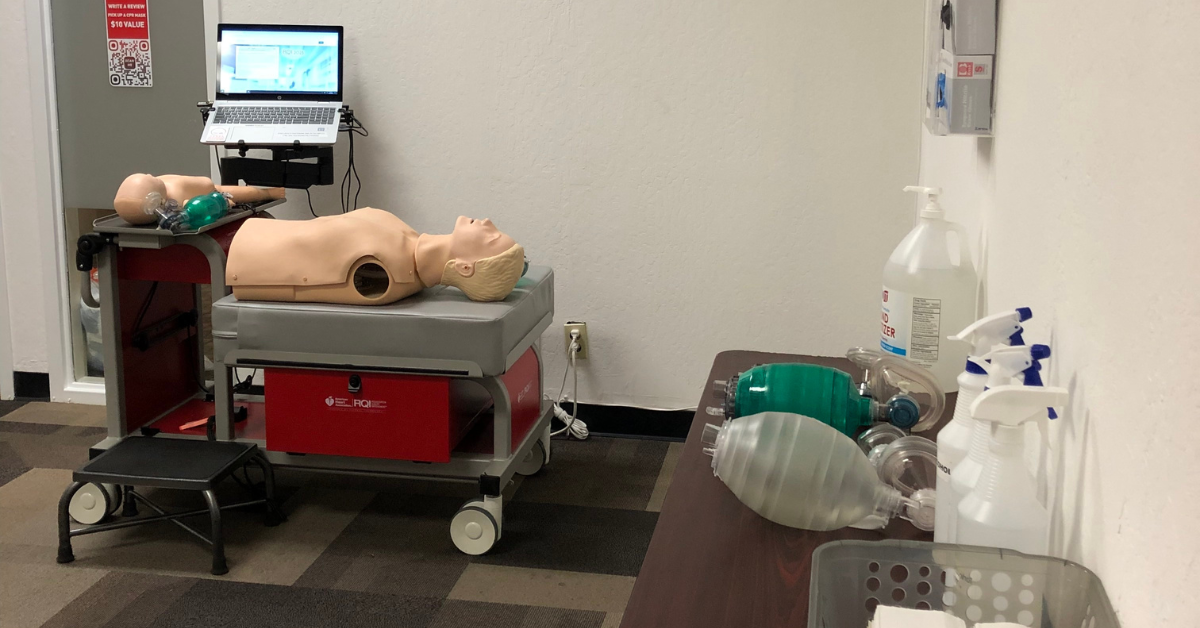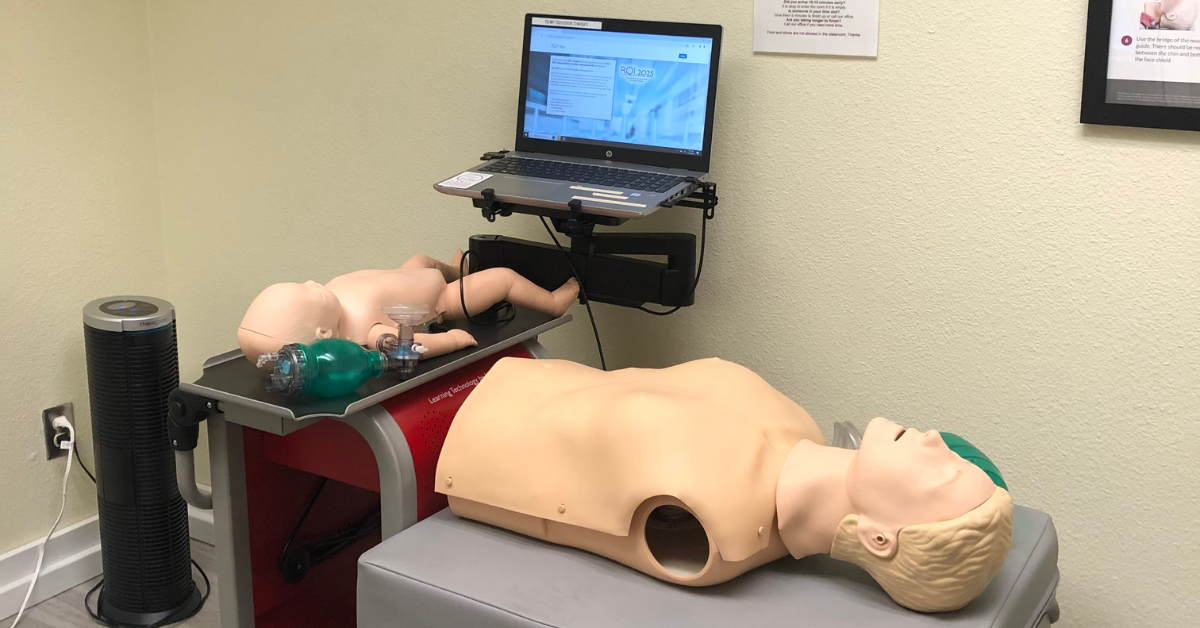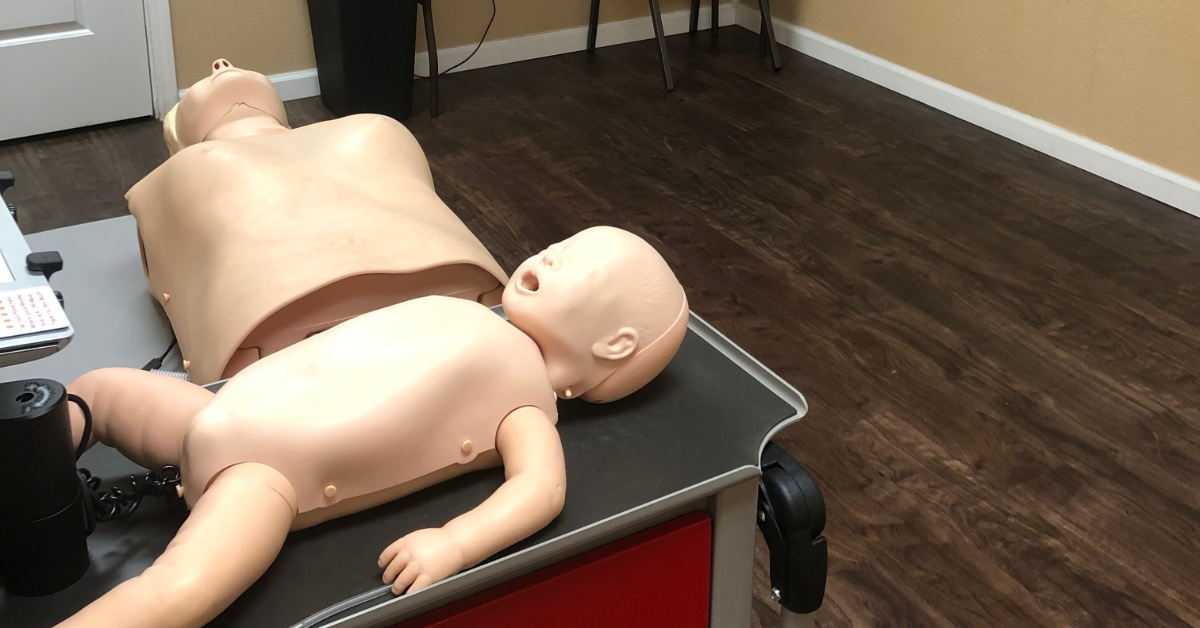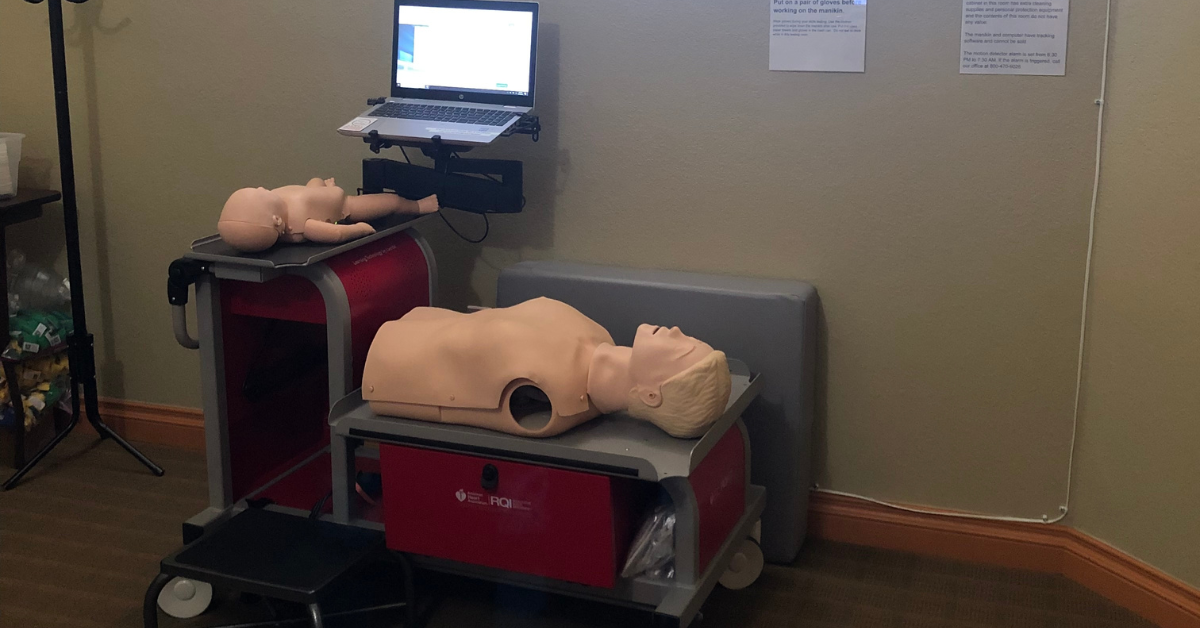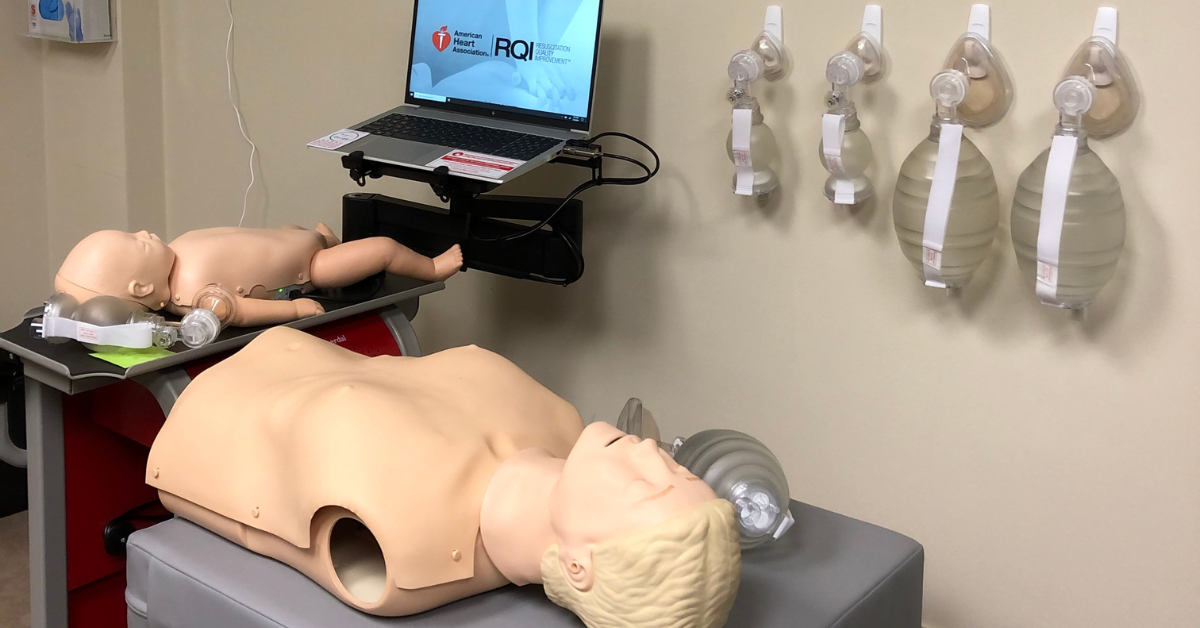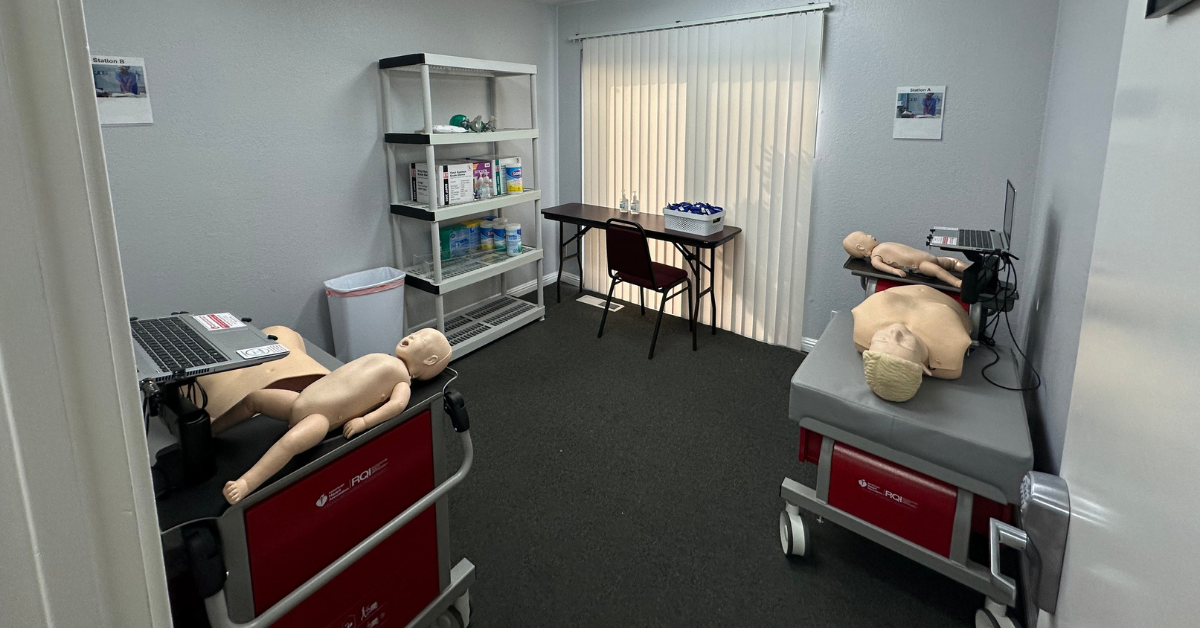Car accidents happen fast. One moment you’re driving normally, the next you’re facing a medical emergency. Knowing how to respond with proper fir1st aid can mean the difference between life and death for victims.
This guide covers the essential first aid steps you need to take at accident scenes. You’ll learn how to assess injuries, provide immediate care, and avoid common mistakes that can worsen situations. Most importantly, you’ll discover why proper training makes all the difference when seconds count.
Immediate Response: Your First 60 Seconds Matter
The first minute after a car accident is critical. Your actions during this time can save lives or prevent further harm.
Ensure Scene Safety First
Before helping anyone, you must secure the accident scene. Turn on your hazard lights and move to a safe location away from traffic. Look for potential dangers like:
- Leaking fuel or fluids
- Electrical hazards from downed power lines
- Unstable vehicles that might roll
- Oncoming traffic in blind spots
Never put yourself in danger to help others. A second victim doesn’t help anyone.
Call Emergency Services Immediately
Dial 911 as soon as possible. Provide the dispatcher with:
- Exact location of the accident
- Number of vehicles involved
- Number of people injured
- Visible injuries or medical conditions
- Any immediate dangers at the scene
Stay on the line until the dispatcher tells you to hang up. They may guide you through first aid procedures while help is on the way.
Assess the Situation Quickly
Once the scene is safe, quickly evaluate each person involved. Look for:
- Consciousness levels
- Obvious bleeding or injuries
- Signs of breathing problems
- Potential spinal injuries
Don’t move injured people unless they’re in immediate danger. Movement can worsen spinal injuries or internal bleeding.
Primary First Aid Techniques for Car Accidents
Car accidents create specific types of injuries that require targeted first aid responses. Here’s how to handle the most common emergencies.
Managing Severe Bleeding
Heavy bleeding is a life-threatening emergency that requires immediate action.
Steps to control bleeding:
- Put on gloves if available to protect yourself from bloodborne pathogens
- Apply direct pressure to the wound with a clean cloth or bandage
- Maintain steady pressure without lifting the cloth to check the wound
- If blood soaks through, add more layers on top
- Elevate the injured area above the heart if possible
- Apply pressure to pressure points if direct pressure isn’t enough
Never remove objects embedded in wounds. Stabilize them in place and let medical professionals handle removal.
Treating Shock
Shock occurs when the body’s organs don’t receive enough blood and oxygen. It’s common in serious accidents and can be fatal if untreated.
Signs of shock include:
- Rapid, weak pulse
- Shallow breathing
- Cold, clammy skin
- Confusion or anxiety
- Weakness or fatigue
Treatment for shock:
- Keep the person lying down
- Elevate their legs 8-12 inches if no spinal injury is suspected
- Cover them with a blanket to maintain body temperature
- Monitor breathing and pulse continuously
- Reassure the person and keep them calm
Handling Head and Neck Injuries
Head and neck injuries are extremely serious and require careful handling.
Warning signs include:
- Loss of consciousness
- Confusion or disorientation
- Severe headache
- Nausea or vomiting
- Fluid leaking from ears or nose
Proper care:
- Keep the person’s head and neck perfectly still
- Support their head manually if necessary
- Monitor breathing and consciousness
- Don’t give food or water
- Watch for changes in condition
Never move someone with a suspected spinal injury unless absolutely necessary for their safety.
Responding to Unconsciousness
An unconscious person requires immediate attention and careful monitoring.
If someone is unconscious:
- Check for responsiveness by tapping shoulders and shouting
- Open the airway by tilting the head back and lifting the chin
- Check for breathing by looking for chest movement
- If not breathing, begin CPR immediately
- If breathing, place them in the recovery position
- Monitor breathing and pulse continuously
Common First Aid Mistakes to Avoid
Even well-intentioned help can cause harm if done incorrectly. Avoid these dangerous mistakes:
Moving Injured People Unnecessarily
Moving someone with spinal injuries can cause permanent paralysis or death. Only move injured people if they’re in immediate danger from fire, explosion, or traffic.
Removing Helmets or Protective Gear
Leave helmets and protective equipment in place unless they interfere with breathing or CPR. Removal can worsen neck injuries.
Giving Food or Water
Injured people may need emergency surgery. Food or water can cause complications with anesthesia or increase choking risk.
Applying Tourniquets Incorrectly
Improper tourniquet use can cause permanent damage or limb loss. Only apply tourniquets if you’re trained and other bleeding control methods have failed.
Leaving Injured People Alone
Stay with injured people until help arrives. Their condition can change rapidly, and they may need immediate intervention.
When Professional Help Arrives
Your role changes when paramedics and police arrive at the scene.
Provide Clear Information
Give emergency responders a brief summary of:
- What happened
- First aid you provided
- Changes in the person’s condition
- Any medications or medical conditions mentioned
Step Back But Stay Available
Move out of the way so professionals can work, but remain nearby in case they need additional information.
Preserve Evidence
If possible, take photos of vehicle positions and damage before vehicles are moved. This information helps insurance companies and police investigations.
The Importance of Proper Training
Reading about first aid is helpful, but hands-on training is essential for emergency situations.
Why Training Matters
Proper first aid training teaches you to:
- Recognize life-threatening emergencies quickly
- Perform CPR and use AED devices correctly
- Apply first aid techniques under pressure
- Make quick decisions in chaotic situations
- Stay calm and focused during emergencies
Building Confidence Through Practice
Training builds muscle memory and confidence. When emergencies happen, you’ll react automatically instead of freezing or panicking.
Safety Training Seminars offers comprehensive first aid and CPR courses designed for real-world situations. Their American Heart Association certified programs teach you the skills needed to save lives.
Legal Considerations and Good Samaritan Laws
Understanding your legal protection encourages people to help in emergencies.
Good Samaritan Protection
Most states have Good Samaritan laws that protect people who provide reasonable assistance during emergencies. These laws typically protect you from lawsuits if you:
- Act in good faith
- Don’t exceed your training level
- Don’t accept payment for help
- Don’t act recklessly or with gross negligence
Duty to Act
While most people have no legal duty to help strangers, some professionals (like healthcare workers) may have legal obligations to assist in emergencies.
Preparing for Emergencies
The best time to prepare for emergencies is before they happen.
Essential Car Emergency Kit
Keep these items in your vehicle:
- First aid supplies (bandages, gauze, tape)
- Emergency blanket
- Flashlight with extra batteries
- Disposable gloves
- Emergency contact information
- Cell phone charger
Mental Preparation
Think through emergency scenarios before they happen. Mental rehearsal helps you respond more effectively under pressure.
Regular Training Updates
First aid techniques and guidelines change over time. Renew your certification every two years to stay current with best practices.
Frequently Asked Questions
What should I do first when I witness a car accident?
Ensure your safety first. Park your vehicle at a safe distance, turn on your hazard lights, and assess the scene. Call emergency services immediately and provide them with accurate details.
How can I safely approach a car accident scene?
Approach cautiously, ensuring there are no ongoing hazards like fire, leaking fuel, or traffic. Wear gloves if available to protect yourself and others from potential infections.
What are the most common injuries in car accidents, and how should I treat them?
Common injuries include cuts, fractures, burns, and head trauma. Control bleeding with clean cloths, immobilize fractures, cool burns with water, and avoid moving the injured unless necessary.
How do I check if someone is breathing or has a pulse?
Look for chest movements, listen for breathing sounds, and feel for air from their nose or mouth. Check the pulse on the neck (carotid artery) or wrist (radial artery).
What steps should I take to control bleeding at an accident scene?
Apply firm pressure to the wound with a clean cloth or bandage. If bleeding doesn’t stop, apply more layers without removing the original cloth. Elevate the injured area if possible.
When should I move an injured person, and how can I do it safely?
Only move someone if there’s an immediate danger, like fire or risk of explosion. Support their head, neck, and spine to prevent further injury, and avoid twisting their body.
What should I include in a first aid kit for car accidents?
Include gloves, bandages, antiseptic wipes, adhesive tape, scissors, a CPR mask, a thermal blanket, and a first aid manual. Keep it easily accessible in your vehicle.
How do I treat someone who is in shock after a car accident?
Lay the person down and elevate their legs slightly unless there’s a suspected spinal injury. Keep them warm and calm, and monitor their breathing until help arrives.
What are the signs of a spinal injury, and how should I respond?
Signs include neck or back pain, numbness, or inability to move limbs. Do not move the person unless absolutely necessary. Stabilize their head and neck to prevent further damage.
When should I call emergency services, and what information should I provide?
Call immediately if there are injuries, fire, or significant damage. Provide your location, the number of people involved, the condition of the injured, and any hazards at the scene.
Take Action to Save Lives
Knowing how to respond to car accidents with proper first aid can save lives. The techniques covered in this guide provide a foundation, but real emergencies require hands-on skills that only come through proper training.
Don’t wait for an emergency to learn these life-saving skills. Safety Training Seminars offers comprehensive CPR and first aid courses that prepare you for real-world situations. Our American Heart Association certified programs provide the confidence and competence you need to help others in their darkest moments.
Your quick thinking and proper first aid response could be the difference between life and death for someone involved in a car accident. Get trained today and be ready to help when it matters most.
If you’re in Daly City and considering healthcare-related certifications, it’s worth exploring nearby options like BLS CPR Classes in Visalia for in-depth, hands-on training. These programs often also include CPR and First Aid Certification, making them ideal for those pursuing roles in childcare, education, or emergency response.


